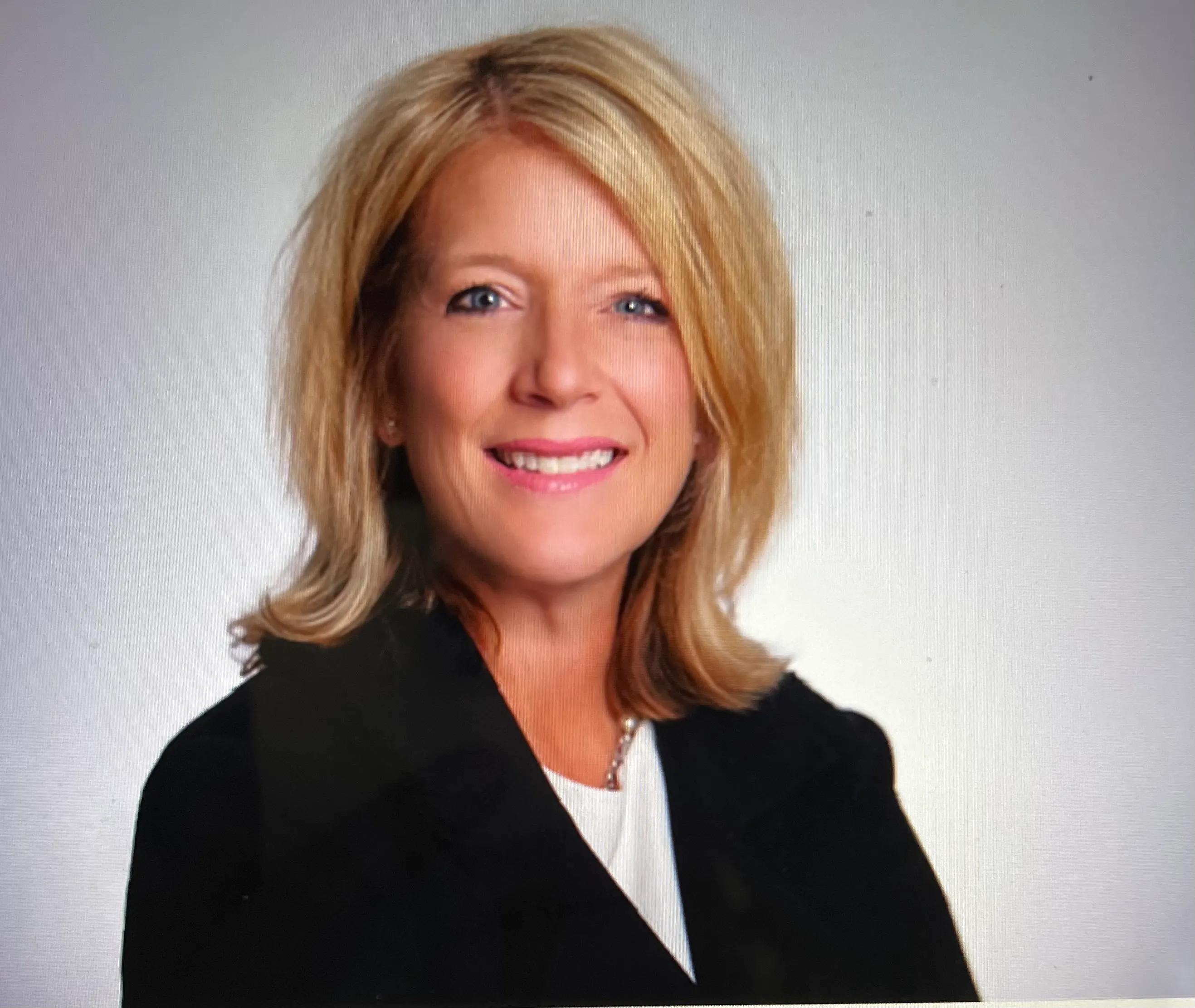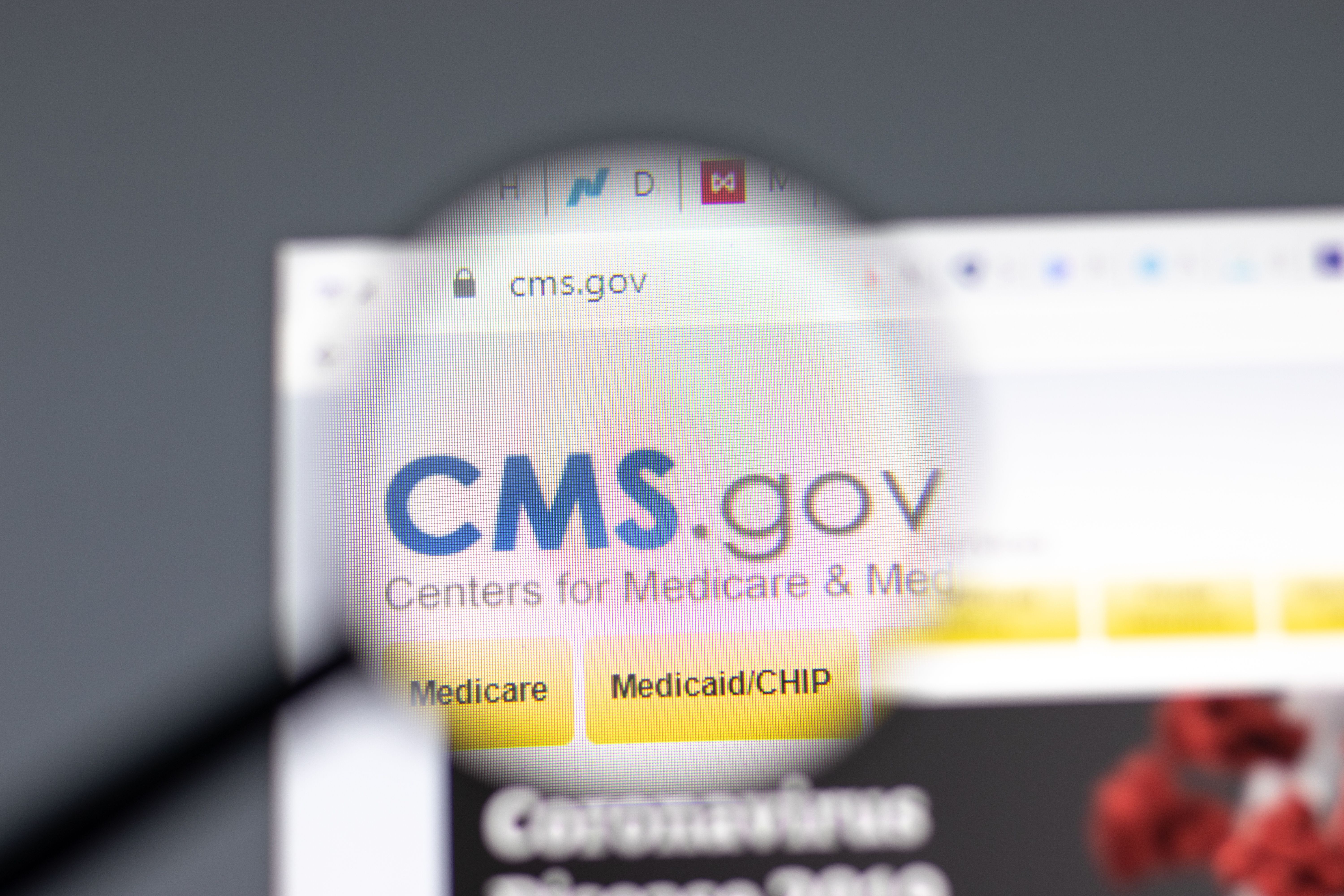News
Article
Lisa Rometty Discusses Challenges, Opportunities in At-Home Phototherapy
Author(s):
Lisa Rometty, CEO at Zerigo Health, discusses the challenges and opportunities for growth within the digital health landscape, as well as how Zerigo plans to collaborate with patients and payers to make sure digital health tools are accessible and affordable.
Zerigo Health, a digital health care platform, recently appointed Lisa Rometty as its new CEO. Rometty previously worked as the president of CVS Kidney Care and has more than 25 years of experience working in the digital health landscape. Her work at Zerigo aims to improve the lives of patients living with chronic conditions using at-home treatment technologies.

This transcript has been lightly edited for clarity.
For part 1 of our interview with Lisa Rometty, please click here.
The American Journal of Managed Care® (AJMC®): What challenges and opportunities for growth do you see in the digital health space today, especially concerning chronic disease management?
Rometty: I think the biggest challenge that we have today is there are a lot of options for people. But unfortunately, as in the case of light therapy that we are administering, I think the biggest challenges is that the standard of care really comes down too often for people, with only a handful of options.
What I mean by that is people living with light to moderate forms of psoriasis are often prescribed over-the-counter drugs, therapy or topicals, and light therapy. Before Zerigo, the only way to access light therapy was in a clinic or in an office. Often, it is difficult for patients to get to the office itself and the next form of treatment is often expensive—either orals or biologics. Unfortunately, what also comes along with that is not only price tags, but other complications for the people themselves. I think for us to be able to grow our digital comprehensive solution in this space we have to educate and get the information out to people living with these chronic conditions so that they have options.
Frankly, that is why we're very focused on partnering with payers and providers to educate them that there is an option for in-home phototherapy with our easy-to-use handheld device. Because a lot of people didn't understand that was available to them. I've worked in other chronic spaces and I think we're not the only chronic therapy where understanding what the options are for people and then helping to bring access to those options is the biggest challenge.
Now, I also look at that as an opportunity because there are a lot of payers that we are working with who are very interested in home options for people living with chronic conditions. How do we democratize home as a site of care? And how do we engage with people living with chronic diseases to help them be more actively involved? And how do we help make sure that we provide and provide access to these different types of treatment to these people?
I would say from an opportunity perspective— which is frankly, why I'm here— the wind is on our back. Payers and specifically providers understand that there now are a lot more options available. And it's really around partnership. And that's really where Zerigo Health is today. We are partnering with multiple people across the ecosystem, really trying to solve the best way that we can provide access to our home phototherapy solution. And I'm really excited to be a part of it, because I think there's a lot of growing interest in being able to bring this therapy to market.
AJMC: What are some ways Zerigo plans to navigate the complex health care reimbursement landscape to ensure that patients have access to these innovative solutions, and what role does affordability play in your strategy?
Rometty: First of all, we're partnering with like-minded payers and providers to focus on value creation. What I mean by that is, we need to understand what these members are going through. We're trying to create a very easily accessible solution, so that as we partner with payers, we have a plug-and-play solution that plugs into their existing ecosystem, easily trains the member on how to leverage our in-home solution, and then we ensure that we are linked with both the providers and the payers so that we can easily partner with the provider and the payer to help monitor the patient's journey.
We have automated alerts, we have our Care Member Services, and we surround the member and really become that trusted partner with the member to ensure that we help them manage their chronic disease in a way other than taking expensive drugs, which allows them to manage their condition to the point where they can move into remission. And then once they are in remission, we also help make sure that we keep in contact with those members. When they experience a flare up or they have questions around their chronic condition, we can make sure that we provide them the resources that help them stay in remission and proactively manage their chronic condition.
Patients who do not understand what they need to do end up falling into the challenges of going down the path of therapies that are not ideal for them at the time of their flare up. So, it's partnership with the stakeholders, it's proactively partnering with patients to ensure that they understand how to manage their conditions effectively and proactively, and then thirdly, it's the ongoing connection with that member, so that we are proactively helping them to remain in remission, and when flare ups occur, know how to manage those flare ups.
We want to be the champions of people living with these chronic skin conditions. I think there's a huge opportunity to break down the silos that exist today and to really serve as that trusted partner, not only for the people living with the chronic skin conditions, but equally important for both providers and payers so that we are working together proactively to create the best experience possible for people living with these conditions. Also, to make sure that we are providing the right therapy at the right time to ensure that we are also managing down the total cost of care for these people. That would be the thing I'd want to underscore.





